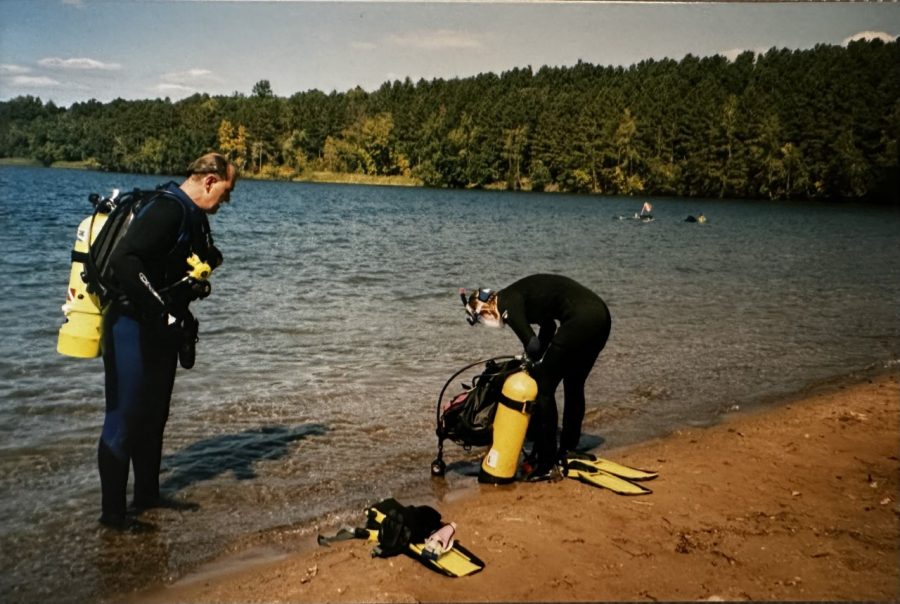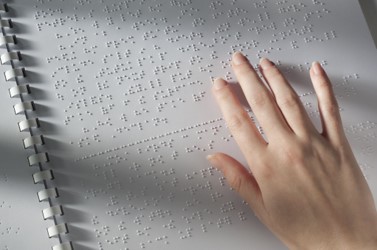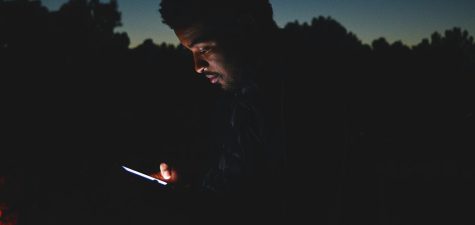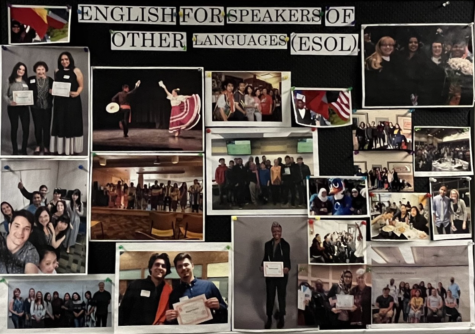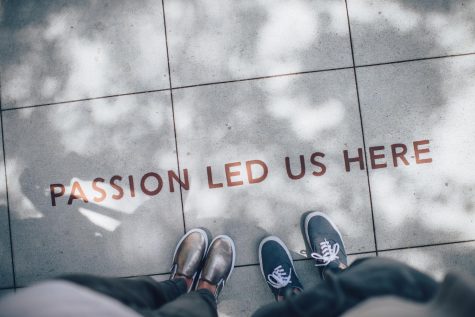Diving for a Desirable Life
You’re drowning.
The water’s shimmering surface lies just beyond your reach, but each attempt to break it only drives you further into its desolate embrace. Crying out seems futile. No one can hear you, and you have to keep what precious air you have.
As your limbs fill with lead and darkness clouds your periphery, you wish someone had seen you fall into the water. You wish someone would save you.
But just as the fog takes over your vision, arms wrap around your torso and place something rubber in your mouth. You gasp, but instead of inhaling water, cool air floods your lungs. As the arms drag you upwards, your vision clears. But when you look at your saviors you notice they’re in… black suits, goggles, and flippers?
Suffering from mental illnesses like anxiety or depression can feel a lot like drowning. Especially if you feel isolated, recovering from these illnesses can be extremely difficult. Doctors may recommend exercise, meditation, or medication, but what if you wanted a more unique form of recovery?
Imagine, one stressful afternoon in late May you decide to take a relaxing stroll along Square Lake, MN, when you spot a small group on the shoreline. They’re dressed in what looks like tight black skin suits and vests with metal cylinders attached to the back. You watch them wade into the water, laughing and chatting as they pull large flippers onto their feet and strap on their goggles. Mouthpieces attached to the cylinders enter their mouths, and a few hand gestures later, they suddenly dip below the surface.
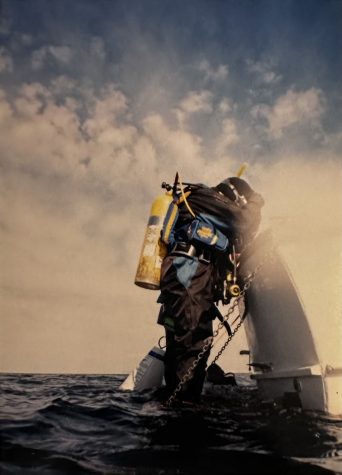
You’re confused and intrigued enough to ask a member of the group who stayed on the shoreline about what just happened. They tell you they’re a group of recreational scuba divers from PADI–Professional Association of Diving Instructors. Their black suits, called wetsuits, are meant to keep them warm in the 50-60°F water. The vests, or BCDs, are worn like backpacks and hold their oxygen tanks. The divers inflate or equip them with weights to sink or float in the water. Attached to the tanks are regulators, which sit in their mouths, allowing them to breathe underwater. Finally, the flippers and goggles help them see and move efficiently through the water.
After about 30 minutes, the group emerges from the water. You can hear them raving about how much fun they had and how good they felt. At that moment, you remember the weight of your responsibilities and stress. You see the joy on the diver’s faces and decide then and there that you want to learn to scuba dive.
First, you must get a certification, so you pay for a class through PADI. It consists of a 5-10 hour online course and five days of practice with an instructor. Luckily, these lessons are available across Minnesota. Despite being the antithesis of a tropical paradise, the state’s 10,000 lakes and numerous pools offer plenty of diving opportunities. All it takes is a quick Google search for “Scuba shops near me,” and you find over 15 locations, such as MidWest School of Dive in White Bear Lake, that help with these classes. Once your lessons are complete, you’re scuba-certified and ready to dive.
The scuba community is vast in MN, and its members strive to make diving accessible. Most shops will help you navigate the rental or purchase of scuba gear, then provide group diving opportunities. There are no individuals in scuba diving; the entire group goes to the lake, gets ready, and dives together. This is what fosters connection and safety within the community.
Now you’re in the water with your group, gear on, and suddenly a wave of anxiety hits. What if the oxygen tank breaks? What if my regulator stops working? But then you remember each diver tests their gear to ensure it works before diving. And on the off-chance something happens, divers have an additional regulator for emergencies. Nerves calmed, you look to your group, put your regulator in your mouth, deflate your BCD, and sink into the water together.
Your head dips below the surface, and the world goes silent. All you hear is the gentle inhale and exhale of your breath. Tall green weeds wave at you from the bottom of the lake as fish dart between their limbs. Every exhale expels bubbles from your regulator, which rise to the surface and take your worries with them. In the water, you control your weight, where you go, and what you see. It’s a world free of expectations, limited only by the oxygen in your tank. As your group swims through the water, you spot sunken airplanes, boats, abandoned shoes, and schools of silver-speckled fish.
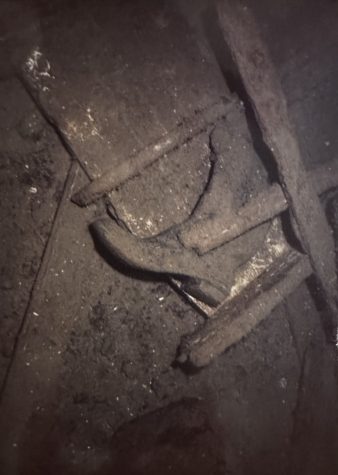
When it’s finally time to return to the surface, you feel calm and content, although you don’t know why. According to scuba.com, scuba diving is great for your physical health. It doubles as a cardio and muscle strength exercise while improving posture and flexibility. Additionally, the slow deep breaths used while diving are akin to those in meditation, which is why scuba diving can help reduce stress and anxiety.
Diving is a hobby where engagement and connections go well beyond Minnesota. If you want to do more than recreational diving, you can join worldwide conservation programs like Adopt the Blue and Blue Carbon to protect our waters and ecosystems.
The thought of scuba diving in Minnesota’s frigid waters is bizarre enough to deter most people. However, some of the best rewards are found by stepping outside your comfort zone. Fear or uncertainty are understandable, but scuba diving offers a safe way to walk the line between discovery and self-destruction. No matter what struggles you face, whether simple or insurmountable, mental or physical, you might find scuba diving to be a surprising relief. Part meditation, part exercise, and part social gathering, the benefits of diving adapt to most facets of your health. So, for those willing to brave Minnesota’s murky waters, a world of beautiful treasures, good health, and tranquility awaits.



